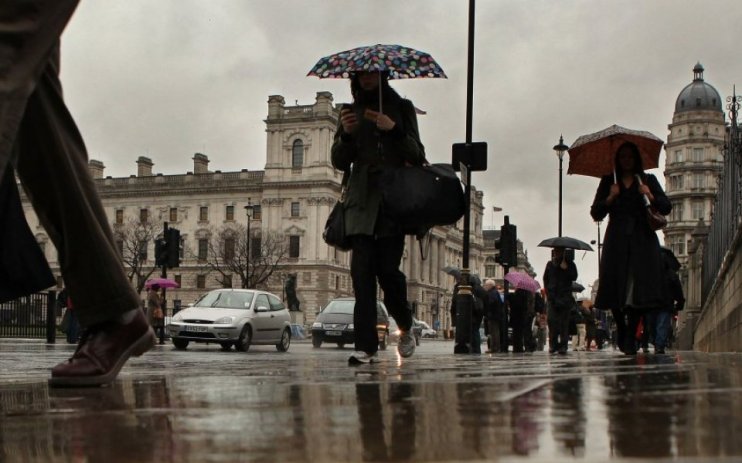Recession or rebound: Where is the UK economy after blockbuster week of data?

It’s been a busy week for the UK economy with four major pieces of data released, which all pointed in slightly different directions.
Let’s just briefly recap:
- Tuesday: Wage growth came in slightly hotter than expected while unemployment was lower than previously thought. Markets were concerned that this indicated a greater danger of inflationary persistence.
- Wednesday: Inflation came in below expectations at four per cent despite upward pressure from higher energy bills. Perhaps inflation is not so bad after all?
- Thursday: The UK’s long-awaited recession was confirmed after GDP contracted 0.3 per cent in the final quarter of last year. This was worse than economists had expected, although still a relatively shallow recession.
- Friday: Retail sales surprised the upside, raising hopes that the UK will be able to escape its recession fairly quickly. Rebound incoming?
So how does that change the outlook for the UK? Well, to be honest, not a lot.
We knew the economy performed poorly last year due to the lingering effects of inflation and the impact of the Bank of England’s interest rate hikes. The fact that the UK slipped into a recession in the second half of last year simply confirms that (that’s not to say it is not important – see here for why).
Either way, it’s certainly not going to be changing the calculation significantly for the Bank of England.
Earlier in the week Andrew Bailey, governor of the Bank, said that he would “not put too much weight” on whether the UK was or was not in a recession. Rather, he would be paying more attention to signs that activity has picked up at the beginning of the year.
S&P’s January purchasing managers’ index (PMI), which offers a more up-to-date snapshot of business activity than GDP, showed a third straight acceleration in activity. Consumer confidence meanwhile is at its highest level in two years.
This morning’s retail sales add further evidence that things are looking up for the UK economy. Sales volumes were up 3.4 per cent in January, compared to the 1.5 per cent expansion expected by economists.
Commenting on the figures, Samuel Tombs, chief UK economist at Pantheon Macroeconomics, said there are “signs of a consumer-led recovery taking hold.”
A large part of the reason for the expected recovery in 2024 is that wage growth remains high even as inflation is falling, giving households a sizeable boost in disposable income. This week’s figures, which showed still strong wage growth and easing inflationary pressures, suggest that this story has further to run.
The figures also neatly encapsulate the Bank’s continuing quandary when it comes to the timing of the first interest rate cuts. Activity is likely to pick up the closer inflation gets to target, which risks putting price pressures back into the economy.
That’s why policymakers are so concerned about high wage growth. Wage growth needs to fall for the Bank to be convinced that inflation will stay at the two per cent target sustainably.
So it’s a delicate balancing act. Cut rates too soon and the Bank could effectively be stimulating an economy that is already back on its way up, even if only slowly. Wait too long, however, and the economy might be constrained needlessly.